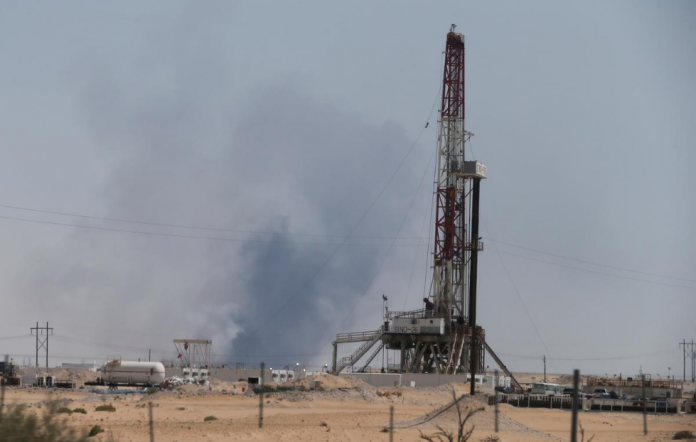
ACCORDING to a statement made by the Department of Energy (DOE) on Sept. 16, it is monitoring the situation of the recent drone attacks on Saudi Arabia’s oil facilities.
Energy secretary Alfonso Cusi said that the Department had an emergency meeting Sunday afternoon at the DOE headquarters in Taguig City to prepare for any potential impact of the incident on the Philippines.
The secretary also added that the Department is “closely monitoring” the situation and will further inform the public of any developments.
Recent drone attacks on Saudi Arabia’s oil facilities on Saturday sent prices of oil upward in Saudi Arabia.
The attack cut 5.7 million barrels per day (bpd) of Saudi crude output, over five percent of the world’s supply and it also constrained Saudi Arabia’s ability to use the more than two million bpd of spare oil production capacity it held for emergencies.
Saudi Arabia has been the only major oil producing country for years that has kept significant spare capacity that it could start up quickly to compensate for any deficiency in supply caused by war or natural disaster.
Before the attack, the Organization of the Petroleum Exporting Countries (OPEC) global supply cushion was just over 3.21 million barrels per day (bpd), according to the International Energy Agency (IEA).
Saudi Arabia – the de facto leader of OPEC – had 2.27 million bpd of that capacity. That leaves around 940,000 bpd of spare capacity, mostly held by Kuwait and the United Arab Emirates. Iraq and Angola also have some spare capacity. They may now bring that production online to help plug some of the gap left by Saudi Arabia, but it won’t be enough. (DOE, Reuters)



